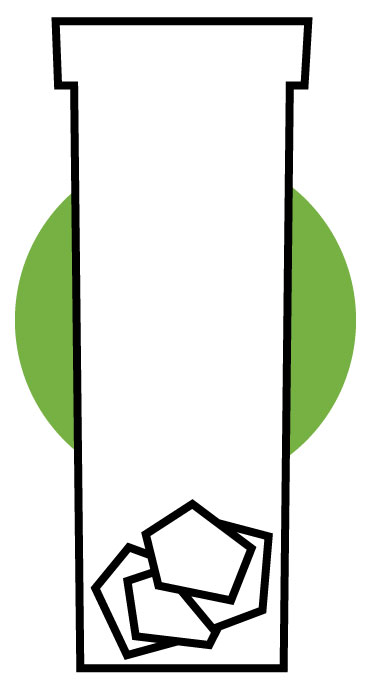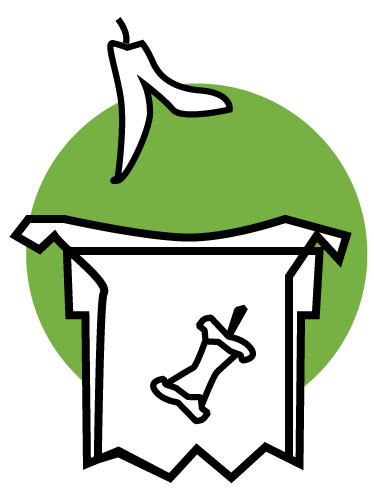This site uses cookies to optimize your browsing experience and track how you interact with it. By clicking on “I accept”, you consent to the use of these cookies. For more details on how we process this information, see our privacy policy.
- Roads and Public Works
-
Construction and Renovation
- General Information
- Demolition
- Driveway, Walkway and Parking Area
- Exterior Work
- Fence and Hedge
- Interior Renovations
- Landscaping
- Landscaping and pool
- Licence for Landscapers and Snow Removal Contractors
- Mechanical Unit and Geothermal Systems
- New Buildings and Extensions
- Occupancy Certificate: Use of a new building, change of use, commercial premises and café-terrace
- Plumbing
- Retaining Wall
- Rock Excavation and Blasting
- Roof
- Signs
- Tree Felling
- Windows and Doors
- Urban Planning
- Roads and Public Works
-
Construction and Renovation
- General Information
- Demolition
- Driveway, Walkway and Parking Area
- Exterior Work
- Fence and Hedge
- Interior Renovations
- Landscaping
- Landscaping and pool
- Licence for Landscapers and Snow Removal Contractors
- Mechanical Unit and Geothermal Systems
- New Buildings and Extensions
- Occupancy Certificate: Use of a new building, change of use, commercial premises and café-terrace
- Plumbing
- Retaining Wall
- Rock Excavation and Blasting
- Roof
- Signs
- Tree Felling
- Windows and Doors
- Urban Planning
- Collecting Food Waste at Home
- Line the Bin
- Keep Insects and Animals Away
- Control Odours
- Bin Maintenance
- What is organic waste?
- Is garden waste accepted in the green bin?
- Is it really necessary to line the bin with a compostable bag?
- Is it mandatory to participate in the collection of food waste?
- I use a composting unit at home. Should I stop?
- Where does the food waste go once it’s collected?
- Do organic materials produce odours?
Composting
Composting—it's easier than you think!
For information regarding food or garden waste collection, visit the Waste Collection page.
Tips and Tricks
Collecting Food Waste at Home
Follow these steps to collect your food waste at home while maintaining a clean bin.
Single-family homes and residential buildings up to 8 units
 Step 1
Step 1
Keep your green bin clean and dry by placing a few sheets of newspaper or paper towels at the bottom.

Step 2
Add a compostable plastic or paper bag inside the bin.
 Step 3
Step 3
Wrap your food waste in newspaper or place it directly in your green bin.
Residential buildings of 9 units or more
 Step 1
Step 1
Add a compostable plastic or paper bag inside your kitchen counter bin.
 Step 2
Step 2
Wrap your food waste in newspaper or place it directly in your bin.
 Step 3
Step 3
Tie the bag or fold down the newspaper and transfer the contents into your building’s green bin.
Line the Bin
Keep Insects and Animals Away
- Sprinkle baking soda or salt onto your food waste.
- Hang your bin 18 inches from the ground.
- Keep the bin in a shelter, inside, or in the refrigerator or freezer until collection day.
- Apply a mentholated ointment around the opening of your bin.
- Eliminate white grubs by pouring salt or vinegar on them.
Control Odours
Organic materials are mainly composed of water. The most important thing to do to avoid odours is to reduce humidity.
- Wrap your residues in newspaper or cardboard.
- Double your bin.
- Alternate wet materials (table scraps) and dry materials (paper towels, tissues, etc.).
- Do not pour any liquids in your bin.
- Keep your food waste in the refrigerator or freezer the until collection day.
- Put out your bin for collection every week, regardless of the amount of waste collected.
Frequently Asked Questions
What is organic waste?
Is garden waste accepted in the green bin?
Table scraps and garden waste are transported and processed in two separate composting centers, so it is important not to mix them. Garden waste, such as plants, lawn clippings, small branches and leaves, has its own dedicated collection. For more details, see the garden waste tab.
Is it really necessary to line the bin with a compostable bag?
Is it mandatory to participate in the collection of food waste?
Participation in the composting programme is mandatory for residential buildings of 9 to 29 units. For all other address types in Westmount, participation is not mandatory, but is strongly recommended. Collection programmes for compost and recycling divert waste from landfills and demonstrate the contribution of residents to the health of their city. In addition, the Gouvernement du Québec aims to ban organic materials from landfills in the near future to reduce the amount of waste buried in the ground.
I use a composting unit at home. Should I stop?
Where does the food waste go once it’s collected?
Food waste is transported to the St-Thomas composting center where it is mixed with wood chips and placed in swaths. As organic waste degrades, it produces heat. The internal temperature of the swath increases to 70°C, which eliminates pathogens. The composting process takes about six months and the finished product is used as soil fertilizer. Since the residues brought in are minimally sorted, it is very important that only compostable materials are placed in the green bin.
Do organic materials produce odours?
Organic matter is composed mainly of water. In the presence of liquids, anaerobic decomposition of the materials occurs, which can cause odours. The essential thing to avoid odours is to limit humidity in the bin. Wrapping organic residues in newspaper before putting them in the green bin is the best solution. Another option is to store leftovers in the freezer or refrigerator, and put them in the green bin only the day before the collection, especially during hot weather.


